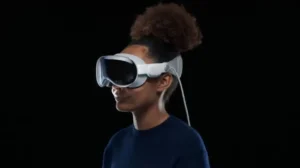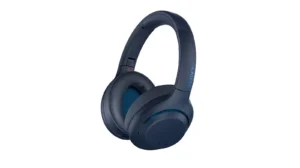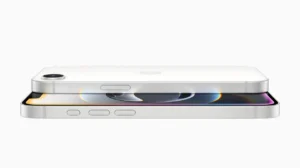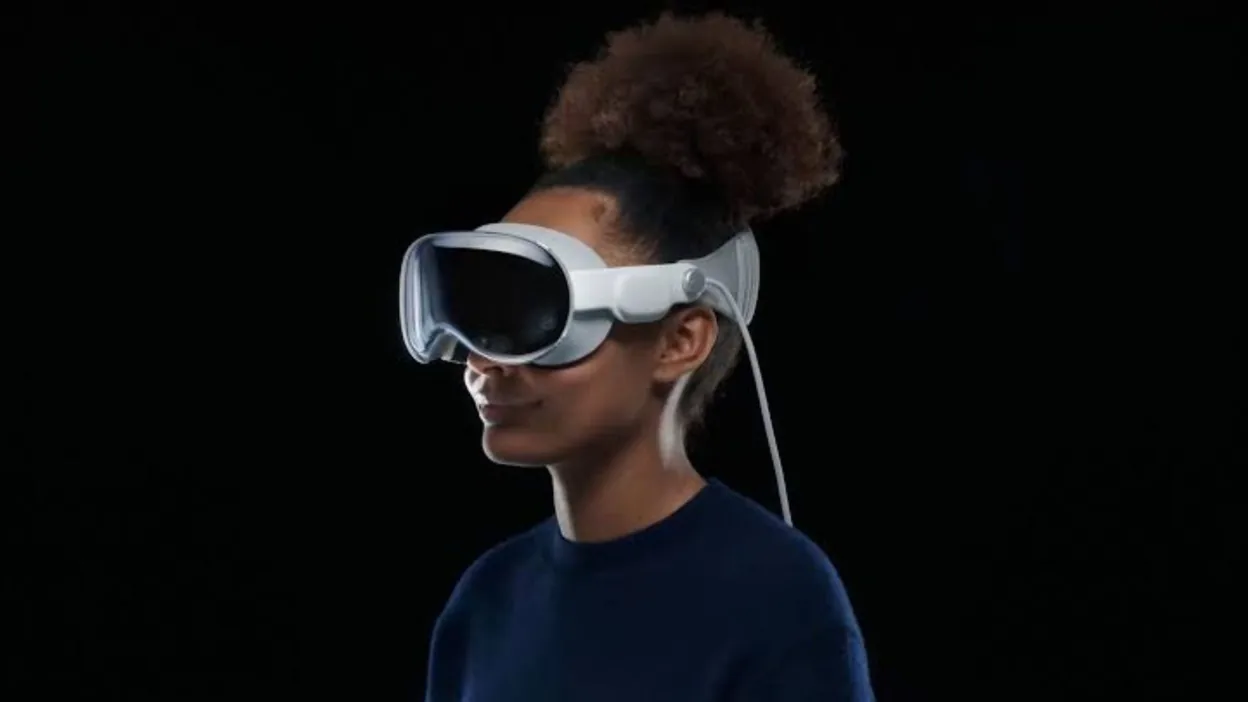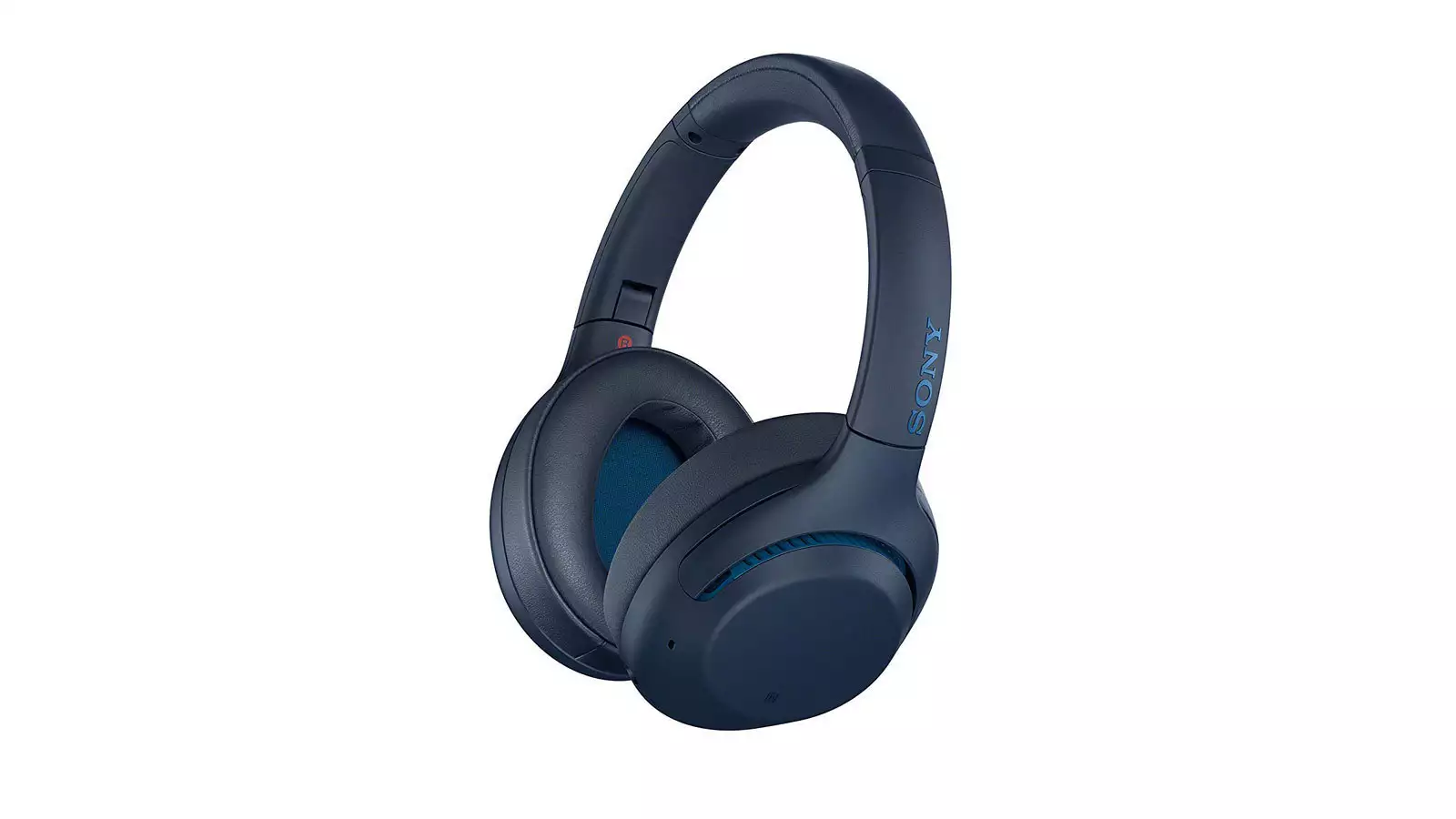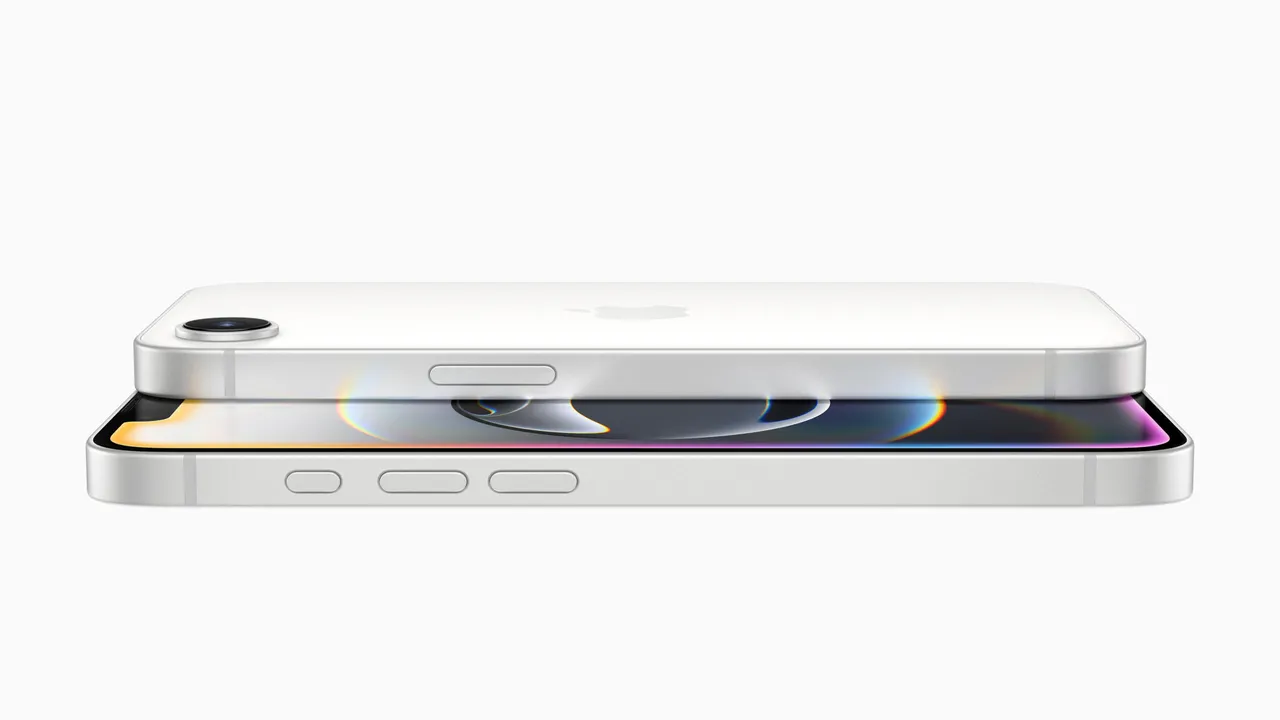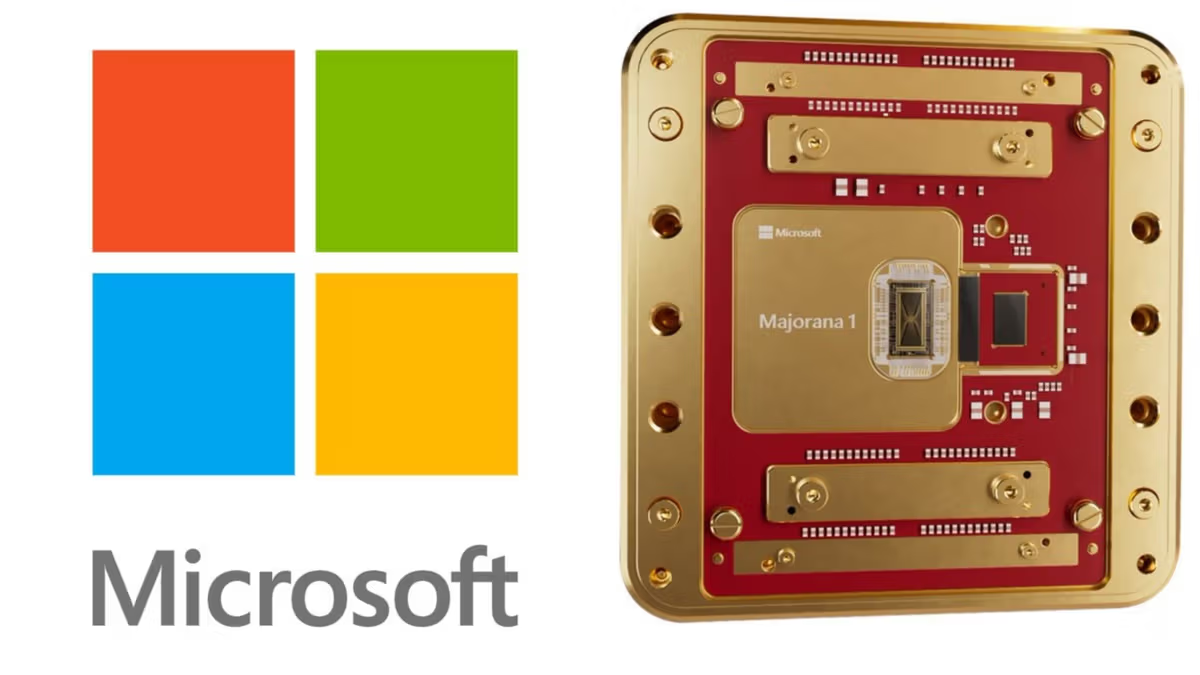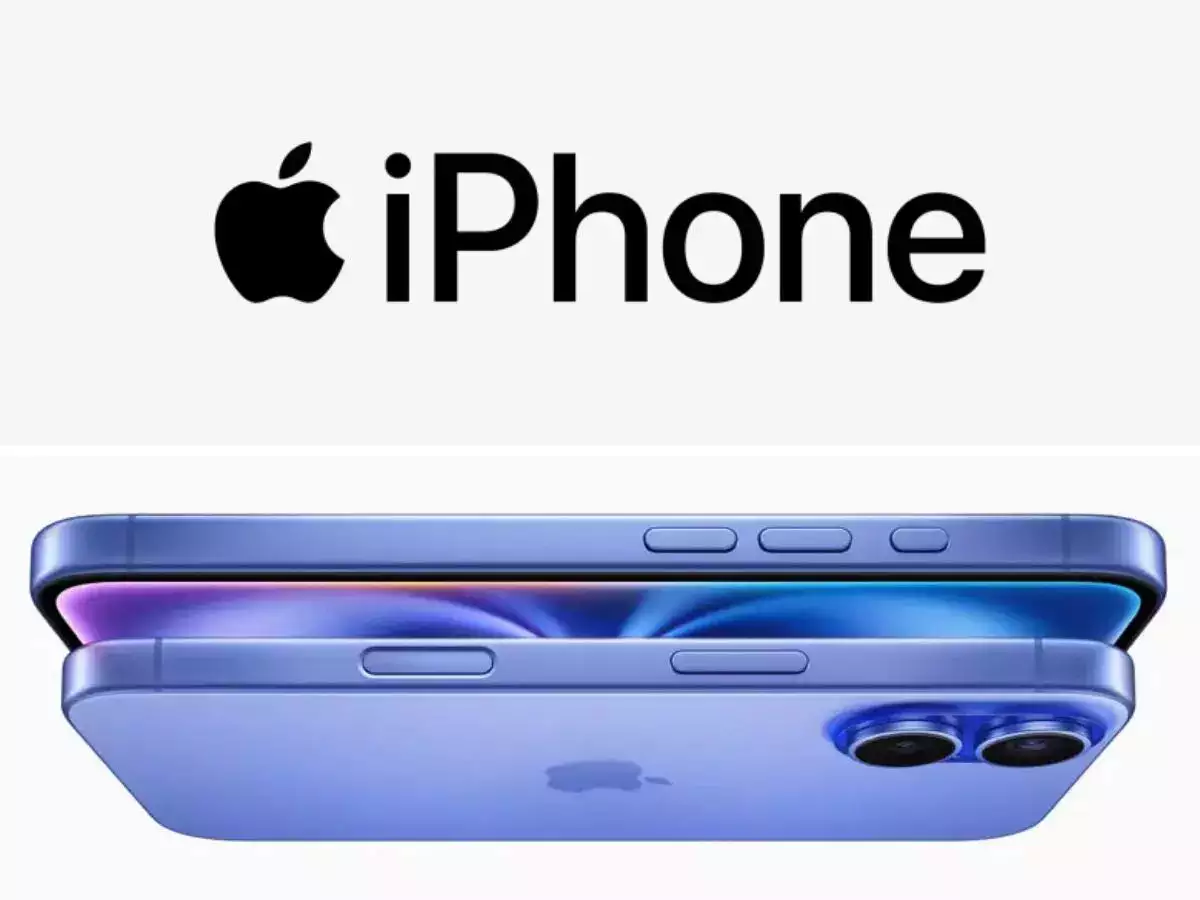A pseudonymous electronics tinkerer known as “Valentyn” has developed an innovative and open-source full-body tracker designed to boost immersion in virtual reality (VR) environments – particularly social platforms like VRChat. The project centers on a wristwatch-like device that offers an affordable and convenient means to achieve full-body tracking within VR experiences.
Key Highlights
- Open-Source Design: Promotes community collaboration and improvement.
- Affordability: Estimated to cost around $25 per tracker for DIY builds.
- Wristwatch-style Form Factor: Enhanced comfort and convenience.
- VR Immersion Focus: Primarily targets VRChat.
- Extended Battery Life: Aims for an impressive 48 hours of active use.
How Does It Work?
Valentyn’s tracker leverages an inertial measurement unit (IMU) combined with a powerful STMicroelectronics STM32WB microcontroller. The IMU tracks the precise rotation of the device in space. Purpose-built software takes this rotational data, along with the user’s proportions and the position of their VR headset, to calculate approximate joint angles and overall body position. This type of tracking, which relies on orientation sensors and a skeletal model, is known as forward kinematics.
Inspiration and Improvements
Existing full-body tracking solutions like SlimeVR and HaritoraX provided some inspiration for Valentyn’s project. However, the creator saw room for improvement in certain areas. Dissatisfaction with the shortcomings of SlimeVR motivated the design of a superior alternative, specifically optimized for long battery life – an impressive 48 hours on a single charge.
The Importance of Full-Body Tracking in VR
Full-body tracking plays a crucial role in heightening the sense of presence and realism within virtual reality experiences. By accurately mapping a user’s real-life movements to their virtual avatar, social interactions in VR worlds become significantly more natural and expressive. This technology unlocks a wider range of nonverbal communication, allowing users to gesture, dance, and engage in activities that would be limited with traditional headset and controller setups.
The Potential Impact of Valentyn’s Tracker
The combination of a watch-like form factor, open-source approach, and potential affordability makes this project particularly exciting. By reducing the barriers to entry for full-body tracking, Valentyn’s work could enable a broader audience to enjoy the benefits of more immersive VR. This, in turn, could fuel increased adoption and innovation within VR social platforms.
Understanding the Technology
Valentyn’s tracker leverages a combination of inertial measurement units (IMUs) and an STMicroelectronics STM32WB microcontroller to track its rotation in space. The provided software then utilizes the wearer’s proportions and the position of their VR headset to estimate limb positions and calculate joint angles in real time.
Motivations and Improvements
Valentyn was inspired to create this project after noting certain limitations in existing trackers, particularly those within the SlimeVR ecosystem. Their goal was to develop a tracker that would be more comfortable, provide longer battery life, and offer a more streamlined user experience.
The wristwatch-like form factor significantly improves comfort and convenience since users won’t need to attach multiple trackers to various parts of their body. Its open-source nature invites community-driven innovation, potentially leading to even further advancements.
Open-Source for the Win
The open-source nature of the project is a substantial advantage. It opens the door for community members to contribute, suggest enhancements, and even create customized variations. This collaborative spirit holds great promise for continuous refinement and the development of new features.

